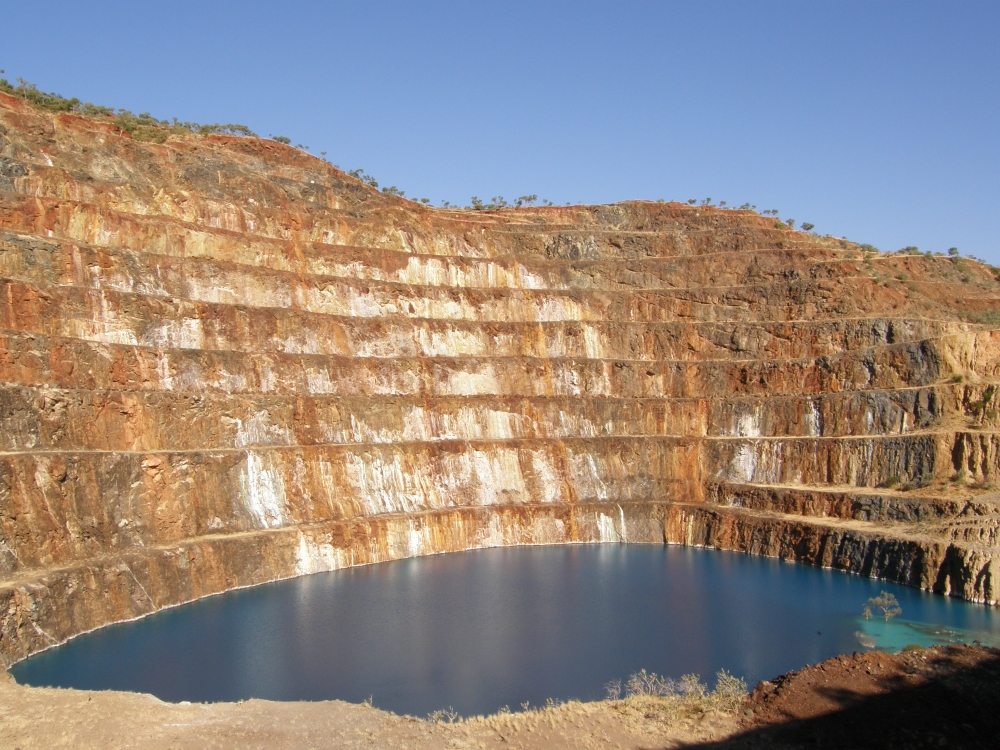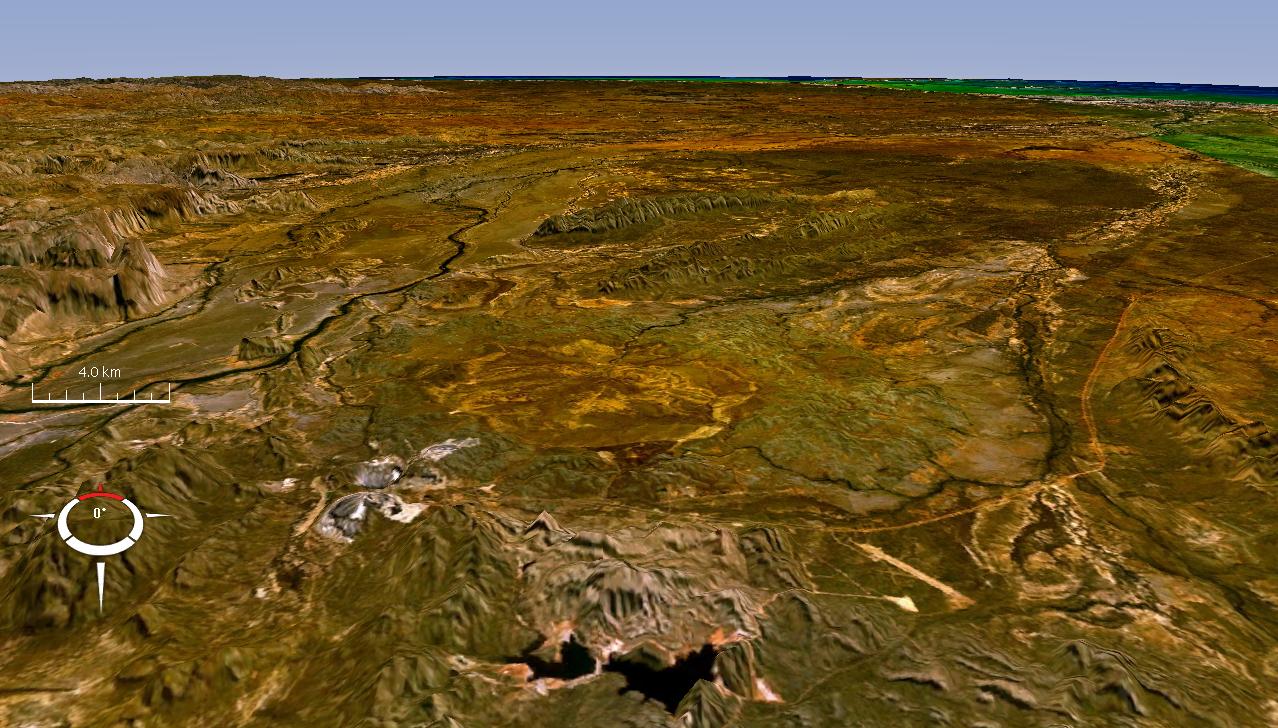|
Corella Dam
Lake Corella is a concrete faced rockfill dam on the Corella River built between 1956 and 1957 to provide town water for the Mary Kathleen Uranium Mine. The dam originally had a gated control structure which was removed in 2004, lowering the spillway and reducing the full supply level. When full it has a surface area of 200 hectares and holds 10,500 ML of water. Clem Walton Park is a popular camping area on the shore of the lake. See also *List of dams and reservoirs in Australia Dams and reservoirs in Australia is a link page for any dam or reservoir in Australia. Australian Capital Territory There are three key water storage facilities located in the Australian Capital Territory. The fourth source of water for Canb ... Corella Lake North West Queensland Dams completed in 1959 Dams in Queensland {{Australia-dam-stub ... [...More Info...] [...Related Items...] OR: [Wikipedia] [Google] [Baidu] |
Cloncurry, Queensland
Cloncurry is a rural town and Suburbs and localities (Australia), locality in the Shire of Cloncurry, Queensland, Australia. In the the locality of Cloncurry had a population of 2,719 people. Cloncurry is the administrative centre of the Shire of Cloncurry. Cloncurry is known as the ''Friendly Heart of the Great North West'' and celebrated its 150th anniversary in 2017.Community Research Report - Cloncurry (QLD) Introduction (20 September 2002) Cloncurry was recognised for its liveability, winning the Queensland's Friendliest Town award twice by environmental movement Keep Queensland Beautiful, first in 2013 and again in 2018. Geography Cloncurry is situated in the north-west of Queensland, 770 kilometres west of the city of Townsvil ...[...More Info...] [...Related Items...] OR: [Wikipedia] [Google] [Baidu] |
Reservoir
A reservoir (; from French ''réservoir'' ) is an enlarged lake behind a dam. Such a dam may be either artificial, built to store fresh water or it may be a natural formation. Reservoirs can be created in a number of ways, including controlling a watercourse that drains an existing body of water, interrupting a watercourse to form an embayment within it, through excavation, or building any number of retaining walls or levees. In other contexts, "reservoirs" may refer to storage spaces for various fluids; they may hold liquids or gasses, including hydrocarbons. ''Tank reservoirs'' store these in ground-level, elevated, or buried tanks. Tank reservoirs for water are also called cisterns. Most underground reservoirs are used to store liquids, principally either water or petroleum. Types Dammed valleys Dammed reservoirs are artificial lakes created and controlled by a dam A dam is a barrier that stops or restricts the flow of surface water or underground streams ... [...More Info...] [...Related Items...] OR: [Wikipedia] [Google] [Baidu] |
Mary Kathleen
Mary Kathleen was a mining settlement in north-western Queensland, Australia. It is located in the Selwyn Range between Mount Isa and Cloncurry. History Mary Kathleen was first settled during the 1860s. Uranium was first discovered at Mary Kathleen by Clem Walton and Norm McConachy in 1954: the deposit and the township was named after the late wife of McConachy. Prospecting and exploitation rights were subsequently on-sold, and in 1955 Rio Tinto Mining formed Mary Kathleen Uranium Ltd to develop a mine and service town. An architect-designed town grew during 1956-58, with reticulated water from a dam, Lake Corella. St Peter's Catholic Church was built in 1958. After the town closed, the church building was relocated to be a shelter shed at Saint Joseph’s Catholic School in Mount Isa. Uranium mine In 1954, a significant uranium deposit was discovered at the site (20.7470°S, 140.0123°E). A sales contract with the United Kingdom Atomic Energy Authority was signed in 1956. ... [...More Info...] [...Related Items...] OR: [Wikipedia] [Google] [Baidu] |
List Of Dams And Reservoirs In Australia
Dams and reservoirs in Australia is a link page for any dam or reservoir in Australia. Australian Capital Territory There are three key water storage facilities located in the Australian Capital Territory. The fourth source of water for Canberra, Googong Dam, is in NSW. In addition, there are four smaller man-made reservoirs used for recreation and as traps for sediment and fertilizers . New South Wales There are dams, weirs, catchments, and barrages in New South Wales. Of these, 135 facilities are considered major dams according to the Australian National Committee on Large Dams. Dams and reservoirs The largest reservoir in New South Wales is the Lake Eucumbene in the Snowy Mountains, formed by the Eucumbene Dam. Weirs and barrages Cancelled and decommissioned Northern Territory There are 805 named water storage facilities located in the Northern Territory. Of these, four facilities are considered major dams according to the Australian National Committee on L ... [...More Info...] [...Related Items...] OR: [Wikipedia] [Google] [Baidu] |
Reservoirs In Queensland
A reservoir (; from French ''réservoir'' ) is an enlarged lake behind a dam. Such a dam may be either artificial, built to store fresh water or it may be a natural formation. Reservoirs can be created in a number of ways, including controlling a watercourse that drains an existing body of water, interrupting a watercourse to form an embayment within it, through excavation, or building any number of retaining walls or levees. In other contexts, "reservoirs" may refer to storage spaces for various fluids; they may hold liquids or gasses, including hydrocarbons. ''Tank reservoirs'' store these in ground-level, elevated, or buried tanks. Tank reservoirs for water are also called cisterns. Most underground reservoirs are used to store liquids, principally either water or petroleum. Types Dammed valleys Dammed reservoirs are artificial lakes created and controlled by a dam constructed across a valley, and rely on the natural topography to provide most of the basin of the re ... [...More Info...] [...Related Items...] OR: [Wikipedia] [Google] [Baidu] |
North West Queensland
The Gulf Country is the region of woodland and savanna grassland surrounding the Gulf of Carpentaria in north western Queensland and eastern Northern Territory on the north coast of Australia. The region is also called the Gulf Savannah. It contains large reserves of zinc, lead and silver. The Gulf Country is crossed by the Savannah Way highway. Location and description The Gulf Country is a block of dry savanna between the wetter areas of Arnhem Land and the Top End of the Northern territory to the west and the Cape York Peninsula of Far North Queensland to the east, while to the south and east lie upland plains of Mitchell grasses and the Einasleigh Uplands. The Northern Territory side of the area is the Gulf Fall area of sandstone slopes and gorges draining the interior uplands into the gulf. The main land uses in the Gulf Country are beef cattle and mining. The region covers an area of . The landscape is generally flat and low-lying tropical savannah cut through with ri ... [...More Info...] [...Related Items...] OR: [Wikipedia] [Google] [Baidu] |
Dams Completed In 1959
A dam is a barrier that stops or restricts the flow of surface water or underground streams. Reservoirs created by dams not only suppress floods but also provide water for activities such as irrigation, human consumption, industrial use, aquaculture, and navigability. Hydropower is often used in conjunction with dams to generate electricity. A dam can also be used to collect or store water which can be evenly distributed between locations. Dams generally serve the primary purpose of retaining water, while other structures such as floodgates or levees (also known as dikes) are used to manage or prevent water flow into specific land regions. The earliest known dam is the Jawa Dam in Jordan, dating to 3,000 BC. The word ''dam'' can be traced back to Middle English, and before that, from Middle Dutch, as seen in the names of many old cities, such as Amsterdam and Rotterdam. History Ancient dams Early dam building took place in Mesopotamia and the Middle East. Dams were use ... [...More Info...] [...Related Items...] OR: [Wikipedia] [Google] [Baidu] |






